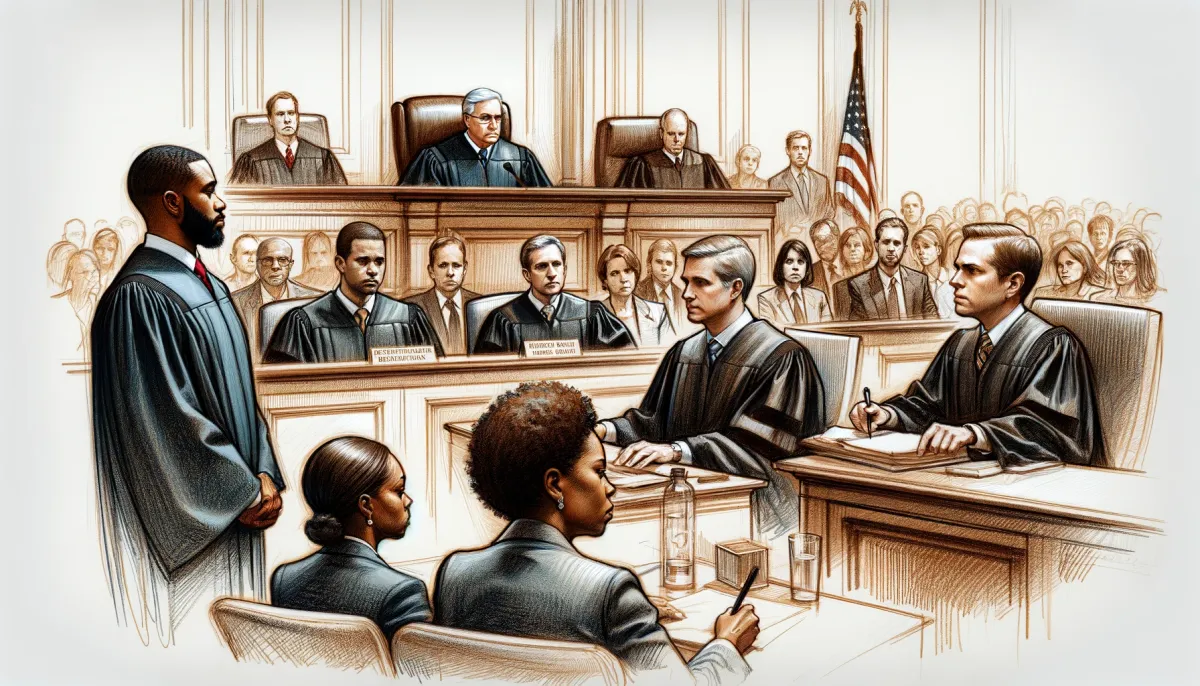Case Digest: Department of Education v. Brown
The Department of Education v. Brown case centered around a student-loan forgiveness plan announced by the Secretary of Education.

The Department of Education v. Brown case centered around a student-loan forgiveness plan announced by the Secretary of Education, Miguel Cardona, which intended to alleviate hardships from the coronavirus pandemic. The key doctrine examined was whether the plan's promulgation required adherence to notice-and-comment and negotiated rulemaking procedures.
Introduction:
This case involves a legal challenge to a significant student-loan debt forgiveness plan implemented by the Department of Education. The case highlights important aspects of administrative law, particularly regarding procedural requirements for government actions.
Facts of the Case:
The Department of Education's plan, announced by Secretary Miguel Cardona, aimed to forgive $10,000 to $20,000 of student loan debt per eligible borrower. This plan was launched to mitigate the financial impact of the coronavirus pandemic. The plan was challenged by borrowers who did not qualify for maximum relief, asserting that the Secretary bypassed necessary procedural steps in implementing the plan.
Issue of the Case:
The central legal question was whether the Secretary of Education was required to follow notice-and-comment and negotiated rulemaking procedures in promulgating the loan forgiveness plan.
Ruling of the Case:
The Supreme Court held that the plaintiffs, Myra Brown and Alexander Taylor, lacked standing. The Court determined that their injuries were not traceable to the Department's action and thus, they could not challenge the procedural aspects of the plan's promulgation.
Impact to the Legal System:
The decision underscores the importance of the standing doctrine in limiting access to federal courts. It highlights the challenges plaintiffs face in establishing a direct link between their injury and a governmental action, especially in cases involving administrative procedures.
Conclusion:
This ruling emphasizes the constitutional requirements of standing in federal court, particularly in the context of administrative law and government decision-making. The case serves as a significant reference point for understanding the limits of judicial intervention in administrative actions.

